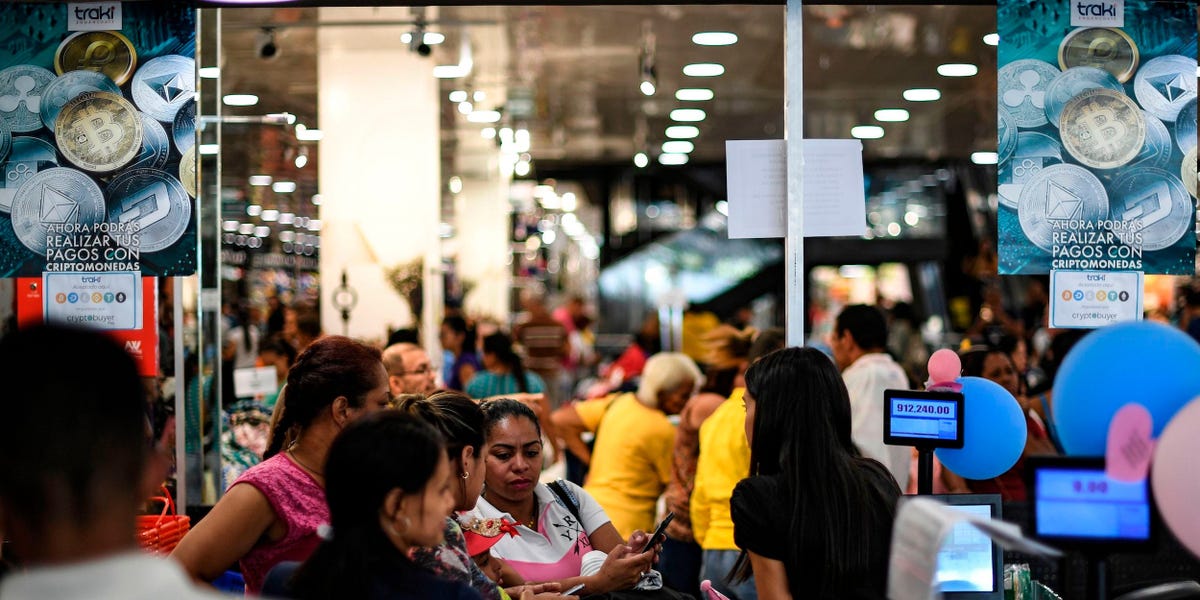The GENIUS Act became law this month, and with it came a wave of bullish prognostications about stablecoins.
But for traditional payments companies, the landmark legislation was being eyed as a threat. That’s because the law would allow more issuers to mint their own stablecoins. In June, The Wall Street Journal reported that Amazon and Walmart were considering issuing stablecoins. Market experts say such a move could allow companies to bypass credit card transaction fees by having customers use their native stablecoins.
But Cuy Sheffield, the head of crypto at Visa, told Business Insider that the payments giant sees the rise of stablecoins as an opportunity.
Sheffield made it clear that Visa isn’t worried about corporations adopting stablecoins, even if they offer consumers a new way to make payments that doesn’t involve credit cards.
Opportunity in a new market
Sheffield said that he doesn’t think stablecoins will dramatically impact how most consumers shop in the US.
“We don’t really think stablecoins solve much of a problem for retail payments,” he said, adding that he thinks the US payments infrastructure already works well for US consumers.
He also said that Visa’s data shows that the majority of stablecoin volume is generated by “high-value transfers, not retail transactions.”
Sheffield said that Visa has seen the potential of stablecoins to transform global payments for years. In 2021, he told Business Insider, “We support many different currencies on our network today. A stable coin isn’t even a new currency, really. It’s just another way to represent an existing currency.”
Four years later, the company sees even more opportunity in the stablecoin market, as new policies help spur mainstream adoption. Sheffield said that Visa sees the opportunity mainly outside the US, specifically in emerging markets.
“We think the opportunity for stable coins is overwhelmingly outside the United States, emerging market focused economies where there’s demand for dollars and not a lot of access,” he stated.
Sheffield said that stablecoins may be enticing for people who need to make a lot of cross-border payments, which can be slow. He added that he sees Visa playing a key role in emerging markets in helping consumers become comfortable holding and using stablecoins.
“We’re seeing activity in Latin America, Brazil, Colombia, Chile, Argentina,” he said, adding that Visa had also seen high activity in Kenya, Nigeria, and parts of the Asia-Pacific region. “We think that the most impact we’ll have will be democratizing many emerging systems and providing dollars for places that weren’t really prepared before.”
In Sheffield’s view, stablecoins could be the bridge that helps connect emerging markets with companies in developed economies, ultimately creating economic opportunity in both directions.
“You can serve consumers and markets that haven’t really had many things that we’ve had in the US and in Europe,” he said. ” I think stablecoins will become this platform that many different companies will build on top of to offer modern, efficient products in emerging markets.”








